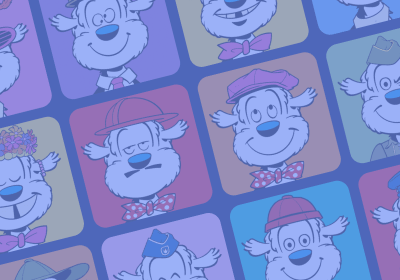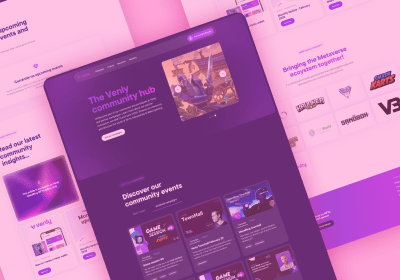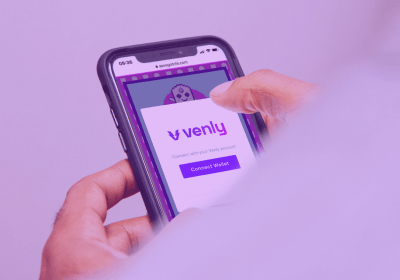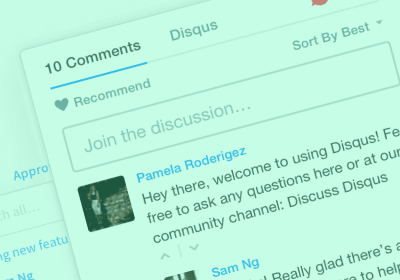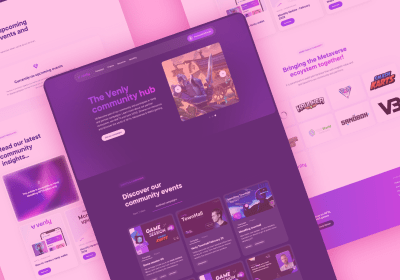
Collaborative web design has arrived!

How to save time in web design? We’ve always focused on creating products that increase speed and improve efficiency for agencies and marketing teams. Acceleration of the creative process has stood as the hallmark of SiteManager technology since Day One, driving each new enhancement and product release.
Without changing our core, the time has come to take this mission to the next level.
2019 is the year to fully deploy our ambitious vision on collaborative web design. In this article, I will explain why collaborative web design will change the way creative agencies and marketing teams build their websites and how SiteManager will help lead the way.

Powerful Technology Empowers Collaboration
The web design service industry represents a $20.1 B market in the US alone, with more than 16M new websites being added every month. This valuation results in fast-paced innovation and continuously evolving technology.
The rise of self-service, DIY platforms like Squarespace, Wix and Weebly did not force a major disruption in the website building market. Market research shows that only 10% of websites are built by small-business owners with DIY tools.
That means that 90% of websites are created by professionals. These web service providers rely mainly on developers and graphic designers. What kind of technology do they use?
Until recently, there were only two types of web platforms serving this professional web design industry: pro-developer platforms, such as WordPress, Joomla and Drupal and pro-designer platforms like Webydo and Webflow. These platforms mainly focus on one core creator profile: either the developer or the designer.
However, when analysing the way agencies work, it’s rarely just a designer or developer that’s involved in the project. Mostly because of the project’s scope, developers and designers work together on a web design project. This type of intensive co-creation, with colleagues on a team or with freelance partners, creates specific needs. Agencies want to optimise web design workflows by building design systems. As we see it, it’s also a golden opportunity for a new emerging segment in web creation tech: collaborative web design.
SiteManager, the first collaborative web design platform, differentiates from other web creation tech for two reasons:
- A sharp focus on the entire process
- The smart use of data to facilitate and optimise collaboration within the platform
Clearing Bottlenecks From the Entire Web Design Process
It could have been triggered by my background as a logistics engineer, but when visiting numerous creative teams in the last 7 years, I was always more fascinated by the overall web design processes than just the stand-alone design or developer activity.
I quickly realised that, even in web design, there are tremendous time-saving opportunities if you focus on opening up common bottlenecks. These slow-downs and blockages in production occur during interaction among the different steps in the web design process. These steps are: Preparation, Creation, Feedback.

The first SiteManager applications we built were meant to facilitate collaboration in that second step of the process, the website creation phase. The technology is very much about enabling project managers, designers, front-end developers and end-users to work together in the most efficient way. For them, we built:
- A design app for visual coding
- A dashboard for project management
- A developer application with back-end automation
- A visual CMS to optimise the end user experience
Now, new SiteManager modules will incorporate the other two steps in the design process: the preparation and feedback phases.
I realise there are numerous tools out there trying to improve the feedback flow between the agency and the customer. While these apps are great on their own, I strongly believe that the added value could be much higher when they’re part of a comprehensive, collaborative web design toolstack.
Let me try and explain.
Making the Feedback Process More Intuitive
A great example is the current toolstack for email campaigns. There are great drag ‘n drop email builders (Mailchimp, Aweber, ActiveCampaign) out there. And although they have a huge and loyal user base, we notice that when the scope of business increases and the marketing department needs to collaborate intensively with sales and support, organisations tend to use integrated email solutions that work together with their CRM and sales platform (Hubspot, Marketo, Salesforce).
Considering the web design process from that perspective, how cool would it be to have your customer provide visual feedback using a point & click solution? You would receive that feedback right into your design, CMS, or developer app. Plus, you’d get to see the progress of your feedback implementation from the project dashboard. Wouldn’t that be a great integrated experience? It’s an end-to-end feedback solution and a web design tool all from within the same platform.
Of course, that’s just the beginning. There are so many more exciting solutions to think about. Two come to mind:
- Streamlining project briefings
- Tightening up resource and portfolio management.

Collaboration is becoming an essential feature of the work environment. But when the tools that designers use don’t support all the phases of the web design process, bottlenecks are created and agencies lose out on efficiency and effectiveness. A holistic perspective gives us the insight we need to create products for designers that foster collaboration at every point in the development journey. As a result, our applications will save agencies even more time and improve the user experience in the entire web design process.
Web Design Enters the Age of Analytics
Collaborative web design is more than just adding some new modules to an existing toolstack. The secret glue is in the smart use of data. With every new engineered solution, we actively ask ourselves how could data facilitate and optimise collaboration within the platform that we’re building?
A great example of how data mining could improve the web design process is in resource management. Starting from project brief, a smart collaborative platform should be able to suggest freelance profiles with the right skill sets.
As designers and developers are using the toolstack to design pages and build functionalities, data could be used to enrich their profiles. A feedback module could then help to validate these skills and competences from an end-user perspective.
Agencies are losing a lot of time when they use different freelance directories like Upwork, Fiver, and LinkedIn to find and hire project resources. The main problem lies in the validation of these profiles. A smart resource directory in a collaborative web design platform is able to provide validated profile matches based upon a project brief.
And this is just the beginning. The smart use of data could also be used to customize interfaces or suggest tips and best practices to improve team members’ work.
Making the Web Design Process Better With a Full Stack Solution
By focussing on the process instead of the activity, today’s creative agencies and innovative marketing teams are learning to perceive collaborative web design as a full stack web design solution.
Our powerful technology toolstack and the smart use of data will facilitate and improve collaboration throughout the entire web design process. It will reduce bottlenecks and kill repetitive and redundant work.
It’s a next-gen solution that happens to be the next logical step in the evolution of web design. Interested in learning more? Let's chat!
Start building today
Streamline your creative process and keep your team aligned with our collaboration tool.
